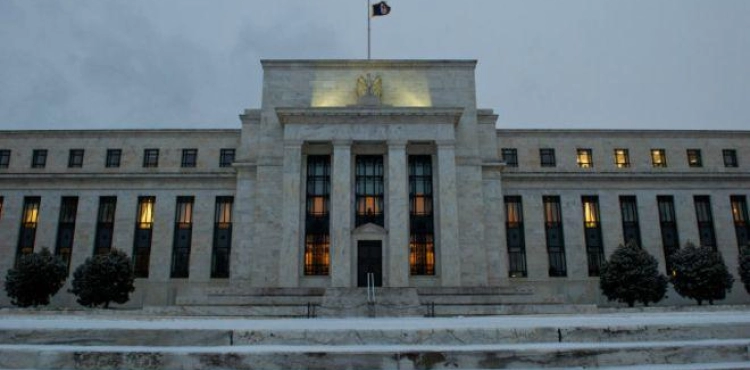The US Federal Reserve on Wednesday cut interest rates for the first time since the global financial crisis of 2008, amid growing concerns over trade tensions, a slowing global economy and inflationary pressures.
President Donald Trump has often criticized the Fed and has repeatedly asked for a "strong" cut in interest rates.
The interest rate was cut by a quarter point to between 2 percent and 2.25 percent, according to a statement by the US Federal Reserve Monetary Committee.
The reserve had quadrupled the interest rates last year, but now sees weak global growth and low inflation dictating a more flexible monetary policy.
Despite this change in the monetary direction, the monetary committee´s description of economic activity has not changed much compared to its recent meeting. Job growth remains "solid" and investment growth is "weak" and inflation remains "below 2 percent."
The Fed also decided to cut its balance sheet two months ago, and to drop its treasury bonds.
While defending its independence, the Fed moved in the direction that Trump has been demanding.
Trump, who is seeking a second term, wants interest rates that encourage consumers, reduce debt and stimulate the Dow Jones index on Wall Street.
"In the meantime, with a very low inflation rate, our reserves are doing nothing and will undoubtedly do something less than that," Trump complained in a tweet on Monday. "The EU and China will again cut their interest rates and inject money into their systems, .
The Fed´s decision was not unanimous within the monetary committee. Two members preferred to keep interest rates unchanged.
This is the first time since Jerome Boyle took over the chairmanship of this institution at the beginning of 2018, when the monetary committee sees this split.
While inflation has stabilized at 1.4 percent, the US economy is robust at 2.1 percent in the second quarter of 2019 and unemployment is at its lowest level in half a century (3.7 percent).












